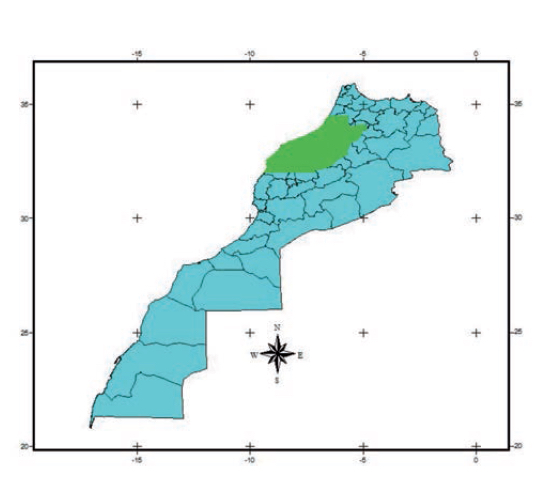Conditions for the adoption of conservation agriculture in Central Morocco: an approach based on Bayesian network modelling

Submitted: 15 February 2015
Accepted: 10 September 2015
Published: 22 March 2016
Accepted: 10 September 2015
Abstract Views: 2314
PDF: 1103
HTML: 866
HTML: 866
Publisher's note
All claims expressed in this article are solely those of the authors and do not necessarily represent those of their affiliated organizations, or those of the publisher, the editors and the reviewers. Any product that may be evaluated in this article or claim that may be made by its manufacturer is not guaranteed or endorsed by the publisher.
All claims expressed in this article are solely those of the authors and do not necessarily represent those of their affiliated organizations, or those of the publisher, the editors and the reviewers. Any product that may be evaluated in this article or claim that may be made by its manufacturer is not guaranteed or endorsed by the publisher.
Supporting Agencies
This research was carried out within the Europe-AID project ACLIMAS (EuropeAid/131046/C/ACT/Multi). Valentina Giannini, FEEM/CMCCHow to Cite
Bonzanigo, L., Giupponi, C., & Moussadek, R. (2016). Conditions for the adoption of conservation agriculture in Central Morocco: an approach based on Bayesian network modelling. Italian Journal of Agronomy, 11(1), 24–34. https://doi.org/10.4081/ija.2016.665
PAGEPress has chosen to apply the Creative Commons Attribution NonCommercial 4.0 International License (CC BY-NC 4.0) to all manuscripts to be published.

 https://doi.org/10.4081/ija.2016.665
https://doi.org/10.4081/ija.2016.665



